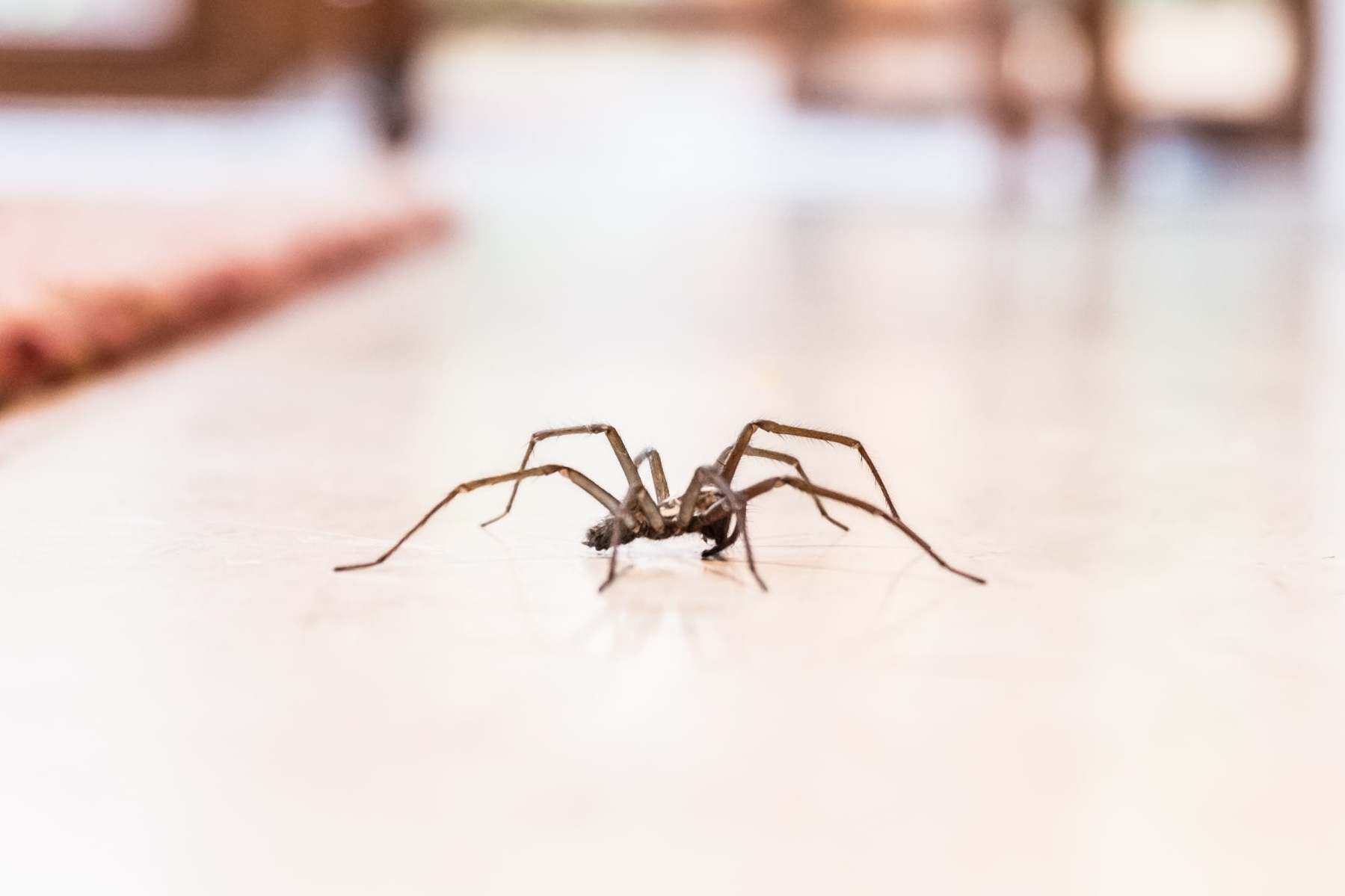Giant house spiders ‘the size of your hand’ invading UK homes looking for love
'They can do zero to 60 in one second and people lose track of where they have gone,' expert says

Giant house spiders are invading homes across the UK in the hunt for a sexual partner as the mating season begins.
Male house spiders venture indoors each autumn as they seek out warm, dry places while on the lookout for females to be their mate.
This means they can often be found in homes, sheds and garages throughout the mating season in August and September.
With a leg span measuring up to 10cm, the creatures are one of Britain’s biggest arachnid species and can even be the size of your hand.
Dr Chris Terrell-Nield, an ecologist from Nottingham Trent University, said the spiders "can do zero to 60 in one second" and their biting fangs can give a “nip”.
However they are not dangerous, the expert said, and are more scared of humans than we are of them.
Dr Terrell-Nield told Nottinghamshire Live: "The spider that is coming into houses at the moment is the house spider and it is one of Britain's biggest spiders.
"The males are up to 10cm across the leg span and can be the size of your hand - that is the top range but it can be two thirds of that size. The size is down to how much they have eaten.
"This time of the year, the male spiders have the urge to mate and start wandering and looking for females.
"When they find them they mate and she lays eggs and the male usually dies."
He added: "They can do zero to 60 in one second and people lose track of where they have gone."
He said people are likely to come across three types of spider in their homes at this time of year – the house spider, daddy long leg, and cross spider.
All of these species are harmless to humans, Dr Terrell-Nield said, and play an important role in our homes by eating large quantities of flies and other insects.
Subscribe to Independent Premium to bookmark this article
Want to bookmark your favourite articles and stories to read or reference later? Start your Independent Premium subscription today.

Join our commenting forum
Join thought-provoking conversations, follow other Independent readers and see their replies